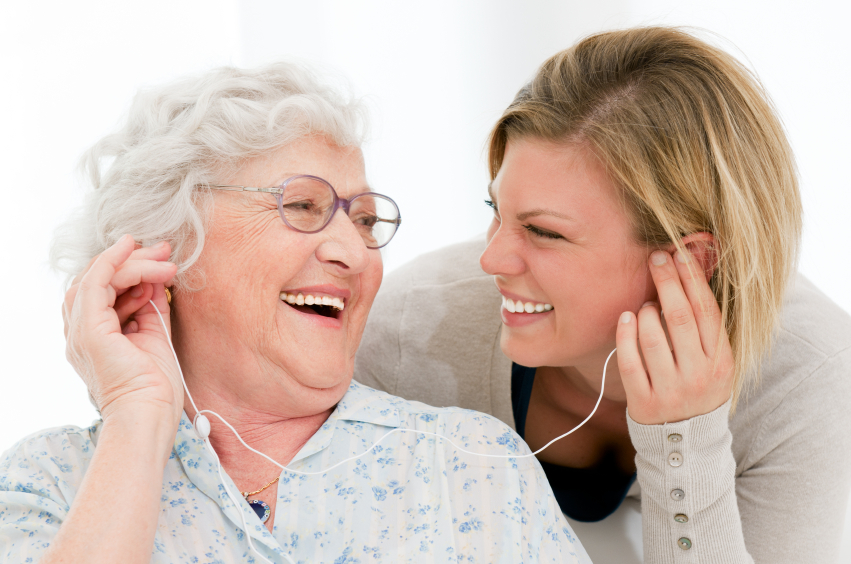Hearing loss affects one in six baby boomers, more than 11 per cent of the American population, and yet most hearing impaired adults don’t wear hearing aids. Many complain that hearing aids are expensive and don’t work perfectly, especially in crowded settings with multiple speakers. That’s where your smartphone may come in handy, using a hearing app and high quality earphones to better hear conversations.
According to a July 15 report in the New York Times, Food and Drug Administration certified hearing apps like Jacoti ListenApp along with a directional microphone and good earbuds can help those with moderate hearing loss in noisy settings like restaurants.
Personal Sound Amplification Products or P.S.A.P.s can also be a good alternative to in-ear hearing aids but watch out for cheap products that can distort sound making hearing worse. P.S.A.P.s are not regulated by the F.D.A. and as a result many devices are flooding the market. The good ones are expensive, in the $300-$400 range, but when compared with a $3,000 hearing aid, may be worth a try. A few of the better devices were tested by Johns Hopkins audiologist Nicholas Reed, who reported the Soundhawk, the BeanT-Coil and the CS50+ all performed almost as well as a hearing aid. But stay away from cheap drugstore “hearables” which Reed says are a complete waste of money.
Although no hearing aid or other device can completely restore hearing, being able to hear better improves quality of life allowing older adults to participate in group activities and take part socially. Not being able to hear distances seniors from friends and family and can lead to social isolation, frustration, embarrassment and depression. Talk with your doctor about hearing loss or tinnitus(ringing or other sound in the ear) to determine the best course of treatment.
To learn more about hearing loss and the latest assistive technology, visit the Hopkins Hearing at http://www.hopkinsmedicine.org/hearing/index.html .






Add Your Voice
0 Comments
Join the Discussion